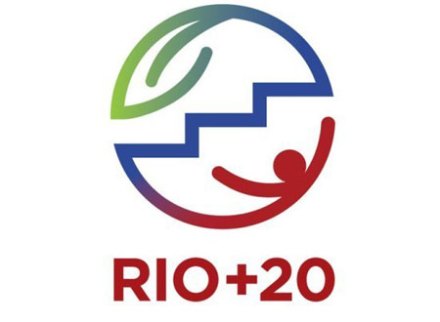By Alyne Cistone
I woke up this morning feeling sad and disfranchised. Yesterday was a defining moment in the Arms Trade Treaty Negotiation process. The first draft of the ATT was finally tabled in plenary and for the first time, we all had a chance to get a sense of whether a comprehensive ATT was within reach by Friday.
The item that struck a painful code for not just me but most African countries was the exclusion of Ammunition from within the scope of the text. Memories of friends and families of friends that have perished and continue to perish through gun violence came flooding back. How deserving they are of a law that would prevent the same happening to others!
Until now, African states have played a key role in calling for a strong Arms Trade Treaty. With just three days to go on the treaty negotiations, campaigners are calling on Africa to hold firm and resist any pressure to cave in on key issues like ammunition.
“Africa is awash with small arms and ammunition, but what is a gun without a bullet? African states have a key role to play on the outcome of the negotiations for a robust arms trade treaty which includes controls on the trade and transfers of small arms and ammunition. Africa must hold firm and resist any pressure to cave in on key issues like ammunition.” Said Baffour Amoa, President of the West African Action Network on Small Arms (WAANSA).
Africa is one of the regions in the world most affected by the impact of armed conflict. Weapons have flowed into the region for decades devastating the lives and livelihoods of countless people. The economic cost of conflict for Africa is also high – with armed conflict costing an average of $18bn per year.
“Every day, I see the impact of armed violence on my community the same scenes unfold in hospitals and clinics across Africa. There are more than 50 African states taking part in the negotiations – they have the future of so many lives in their hands. They must use their courage and continue to fight for the strong treaty Africa deserves.” Said Dr. Robert Mtonga, Co-President of International Physicians for the Prevention of Nuclear War.
Last week, Malawi delivered a statement outlining the minimum humanitarian principles that must be included in the treaty signed by 73 other states, including 22 from Africa. This included an unequivocal call for the treaty to encompass all conventional arms, including small arms, light weapons and ammunitions.
As well as ammunition, another critical focus during the final days of negotiations is on the steps governments will be required to take before deciding whether an arms transfer should go ahead or not.
Amnesty International recently documented arms supplies from China, Sudan and Ukraine, which triggered indiscriminate attacks by both the South Sudanese Armed Forces and armed opposition groups in South Sudan. If the treaty has strong criteria that protect human rights, then such arms transfers would not be allowed to take place in future.
“Africa has so much to lose this week if the treaty is weak or has big gaps in it which allow irresponsible or illicit transfers to continue. The inclusion of small arms, light weapons and ammunition must be non-negotiable – these are the weapons of mass destruction in Africa” added Robert Mtonga.
Tackling corruption in the poorly-regulated, international arms trade is also a growing concern amongst African states, particularly Ghana, Zambia and Nigeria, who say corruption is mainly responsible for some of the major difficulties that exist in accounting and reporting on arms transfers.
They say the treaty needs to have the strength to clamp down on corruption at different stages in the arms pipeline in order to have maximum benefit. There are also concerns that the loophole that allows states to give weapons/military equipment as gifts should also be closed.
“We need to see real progress now on many important areas – particularly on small arms, light weapons and ammunitions. But we are running out of time now with less than three days of negotiations left. I call on all those states that have shown an interest in protecting lives in Africa to demonstrate their commitment now.” Concluded Baffour Amoa.
The final negotiated text of the first ever Arms Trade Treaty is expected this coming Friday.




